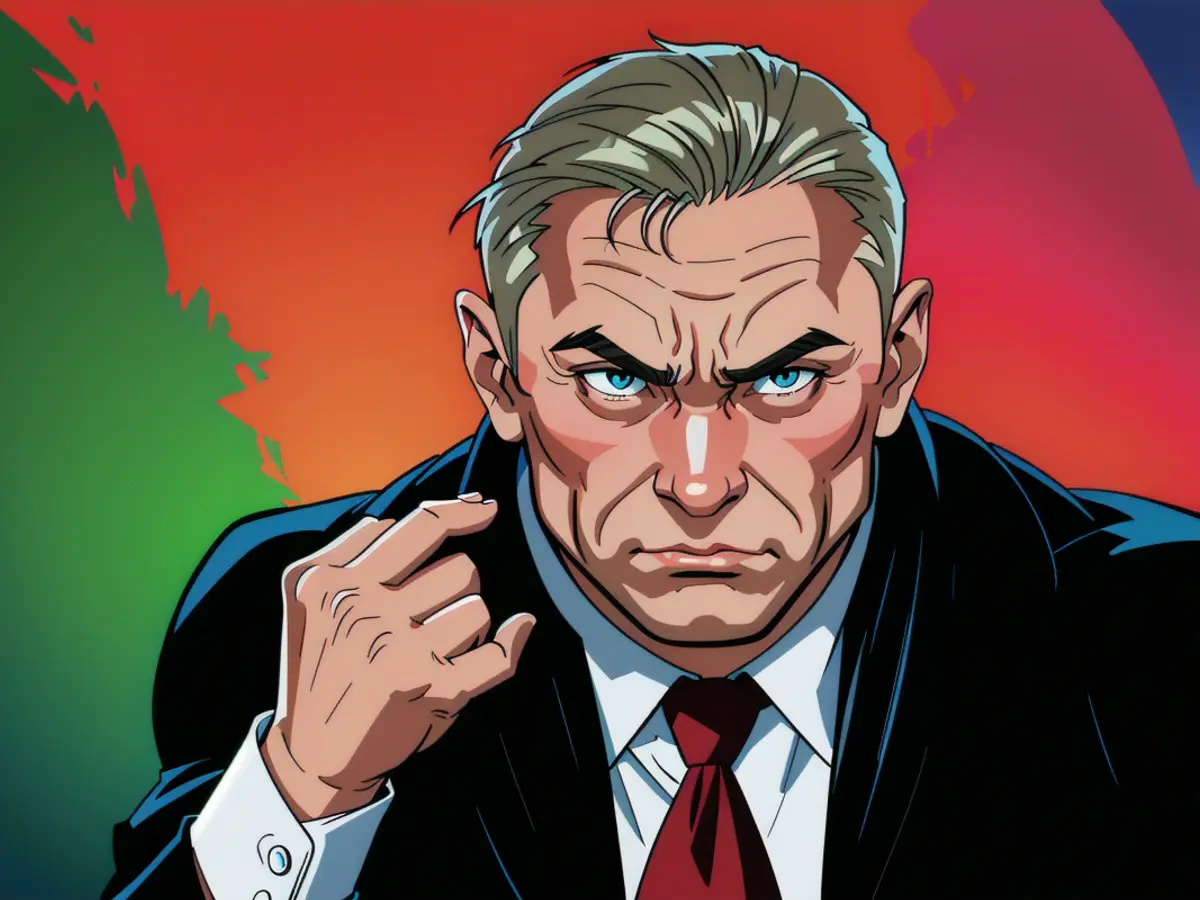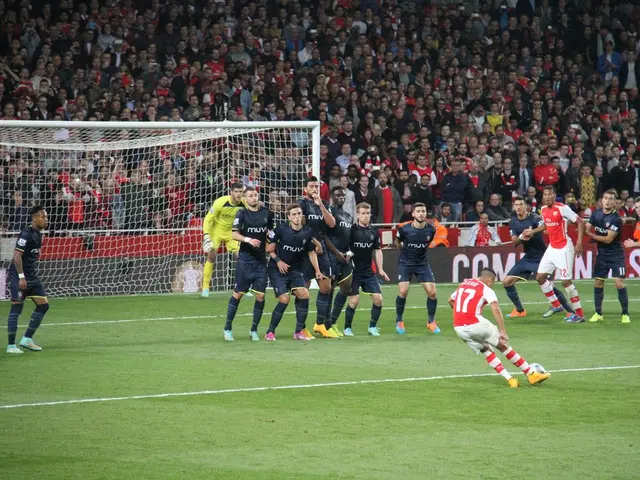A Casual Look at Trump-Putin Relations Amidst Ukrainian Conflict
Trump's proposed Ukraine strategy confronts obstruction from Putin, suggesting potentially strategic maneuvering by the Russian leader.
When it comes to Donald Trump and Vladimir Putin, there's no shortage of chatter about their supposedly incredible bond. But the world is watching closely to see if this "great relationship" translates into any tangible achievements.
The Russian president, infamous for initiating an unprovoked and brutal invasion of Ukraine, responded to the U.S.'s proposed immediate ceasefire plan with a series of obfuscations and new demands. However, these demands might have been purposefully crafted to tempt a president starving for a victory as his trade policies cause market slumps andcast shadows over the economy.
Putin did not flat-out reject Trump's efforts. Instead, he labeled them "great and correct" and expressed support in principle. Yet, Putin's questions and calls for further conversations, including with Trump, were simply delay tactics. With Russian troops on the brink of pushing Ukrainian forces out of the Kursk region, these negotiations could give Putin additional bargaining chips at future peace talks.
Putin also brought up concerns about monitoring the ceasefire and allowing Ukraine to rearm during any cessation of fighting. These discussions suggest he's already planning to shape any eventual agreement to ensure Russian dominance. Putin also mentioned the need to address the "root causes" of the war, which is a coded message referencing numerous Russian grievances such as the existence of a democratic government in Kyiv, NATO expansion, and the withdrawal of alliance troops from former communist states once in the Soviet Union’s orbit.
The Russian response follows the classic Moscow playbook, aiming to draw interlocutors into endless negotiations filled with conditions that enable the Kremlin to pursue its strategic goals.

The Trump administration's struggle to move Russia away from its position and into serious negotiations on a ceasefire was plainly visible on Thursday. Trump, enthusiastic to secure a valuable breakthrough, remained hopeful, stating, “I think we're going to be in very good shape to get it done. We want to get it over with.” However, his eagerness to overlook new, onerous conditions from Putin contrasted starkly with his initial stance when Ukrainian President Volodymyr Zelensky tried to explain the need for security guaranteances in a peace deal.
Retired Adm. James Stavridis highlighted Putin's strategic line, remarking, "If you put it on a scale between 'nyet,' 'no,' and 'da,' 'yes,' he's right in the middle." Stavridis, a former NATO Supreme Allied Commander Europe, anticipated that the Russian president would withstand a few punches from Trump but would relentlessly pursue his goals.
Many Americans are eager for a lasting, sustainable peace in Ukraine, which could save thousands of lives and potentially earn Trump the Nobel Peace Prize. However, some analysts claim that the U.S. has spent an exorbitant $350 billion on supporting Ukraine, while others believe that Ukraine will be unable to regain control over Eastern regions captured by Russia and Crimea, annexed by Putin in 2014.
Trump's deference to Putin in his first presidency and his early praise for the invasion of Ukraine, along with his lifelong fascination with the Russian leader, raise doubts about his motives in his push to quickly end the war. Since returning to office, Trump has used his influence to strong-arm Zelensky and switched official U.S. sympathies from the victim of a vicious onslaught to Putin. The president has also halted vital intelligence-sharing and military assistance, potentially leaving Zelensky at a disadvantage in negotiations.
As negotiations continue, it remains unclear if any pressure will be applied to Putin, or if Trump is, in fact, being manipulated by the Russian leader. Traditional U.S. foreign policy experts and governments worry about the consequences of Putin using Trump for political gain in exchange for a peace deal. After all, the U.S. president has a history of attacking longtime allies and has previously falsely accused Zelensky of being a dictator. The question lingers: Is Trump negotiating with Putin, or is Putin playing Trump?

- Despite the Russian president's acknowledgement of Donald Trump's proposed ceasefire plan as "great and correct," Putin's questions and requests for further discussions are perceived as delay tactics, potentially allowing him more bargaining power in future peace talks.
- In the ongoing negotiations with Russia, the justifications put forth by President Trump for staking a ceasefire plan, such as ending the war quickly to secure a breakthrough, are seen as a means of putting pressure on Putin. However, Trump's willingness to overlook new, onerous conditions from Putin raises concerns about his motives.
- In the context of the Ukrainian conflict, Putin's strategic approach of engaging in endless negotiations filled with conditions can be seen as a method used to draw interlocutors into discussions, thereby enabling the Kremlin to pursue its strategic goals, such as ensuring Russian dominance.






